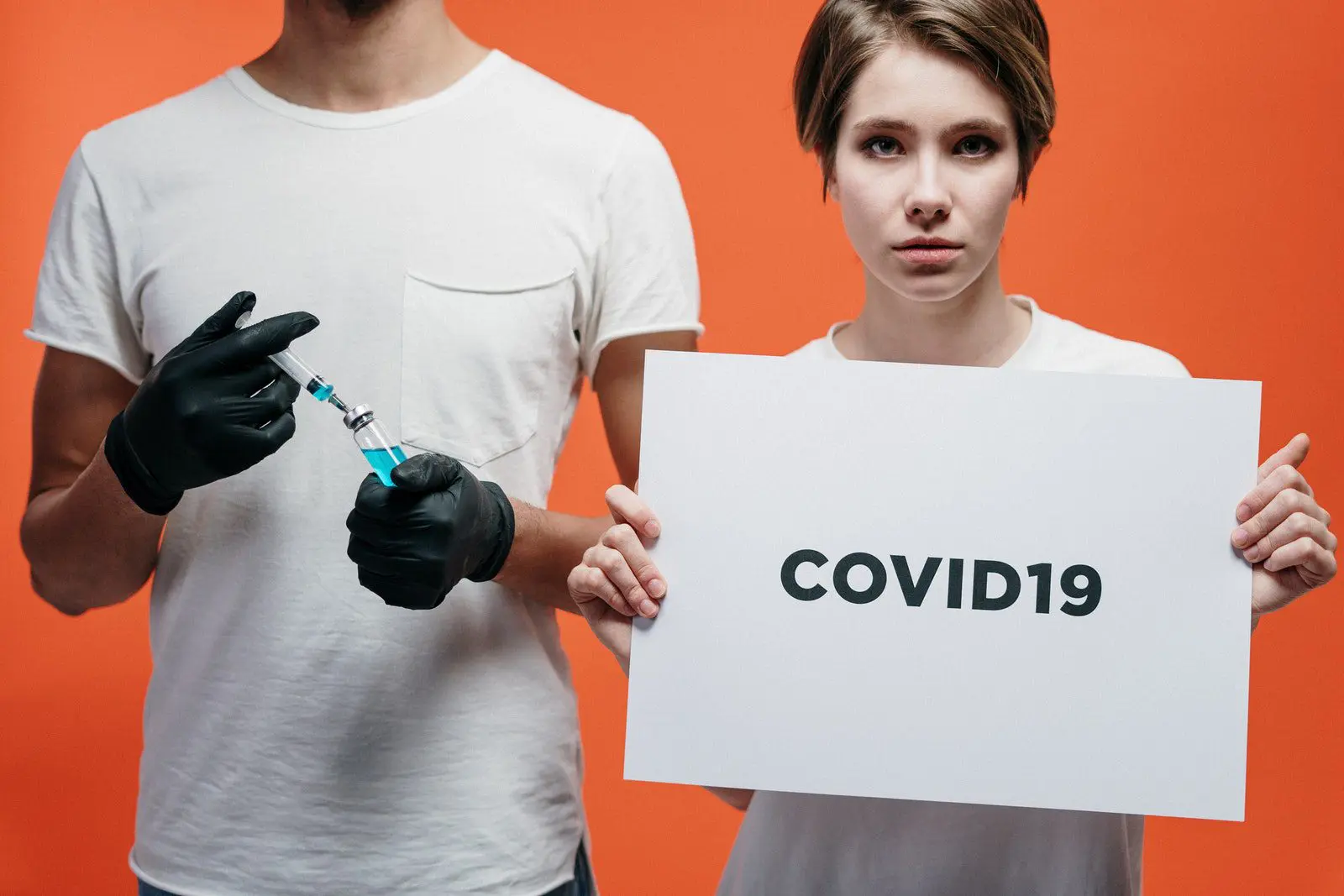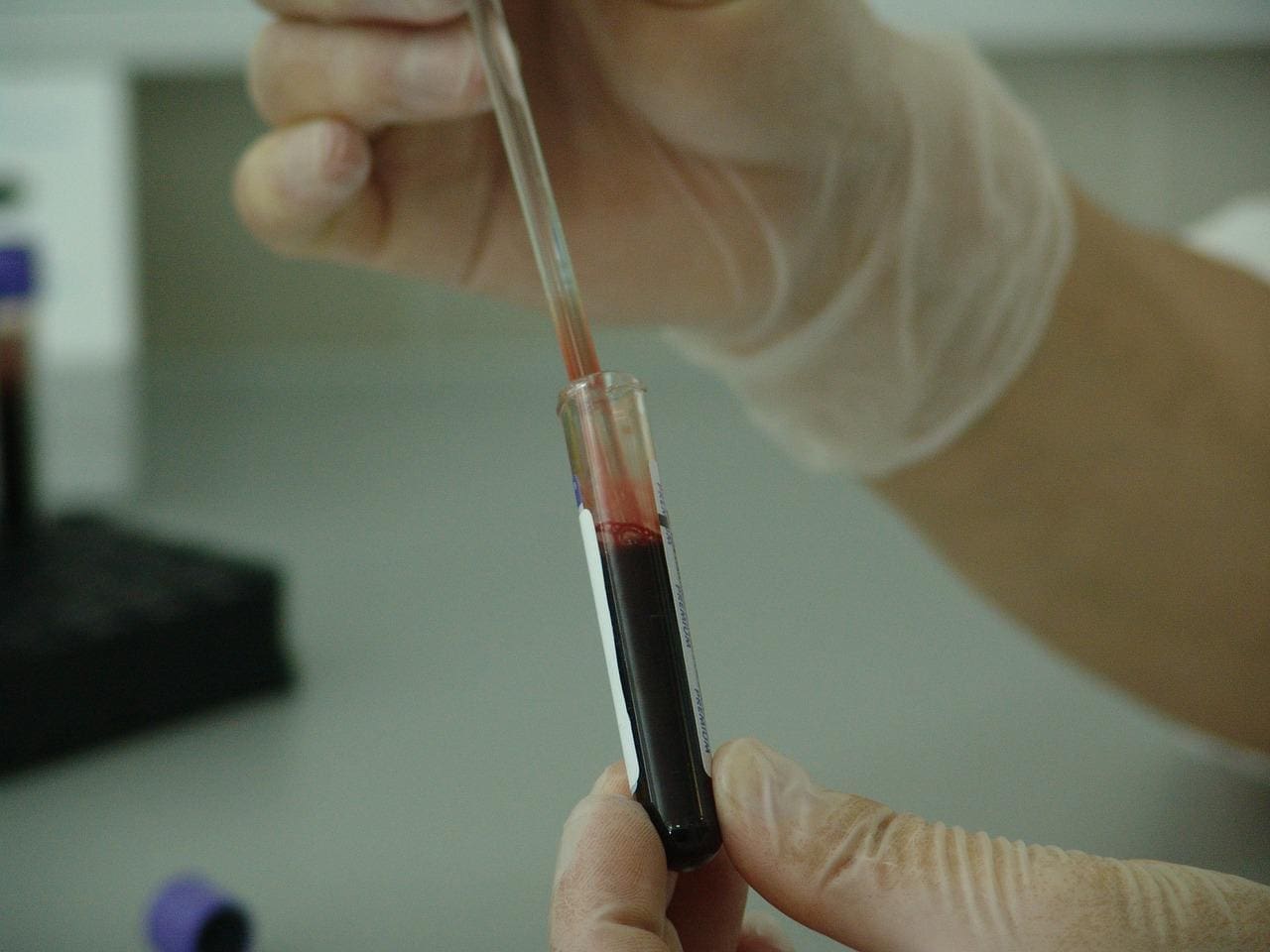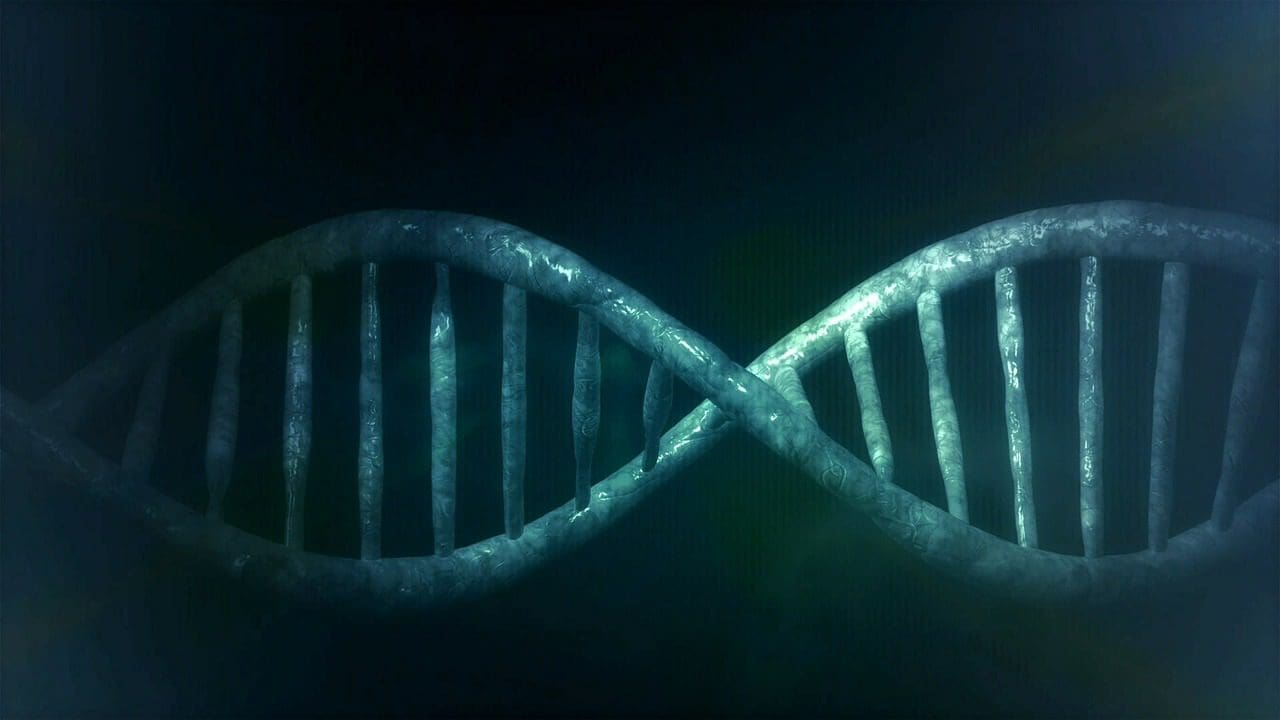
People are itching to go where they please, even amongst crowds, without needing to wear a protective mask or fear that they might pass a deadly communicable disease simply by breathing close to a friend or loved one, especially those with a compromised immune system.
The world is not anywhere near being rid of the novel coronavirus that has been afflicting populations with COVID-19 in growing numbers. According to the World Health Organization, as of April 2022, WHO has received information on 500,186,525 confirmed cases of COVID-19, which include 6,190,349 deaths.
So scientists working at the forefront of research are turning to next-generation sequencing to identify various nanobodies with anti-SARS-CoV 2 nanobodies. A report from Genetic Engineering & Biotechnology News shows that scientists at the Karolinska Institute are adopting a technique that lets them use NGS to figure out what nanobodies are involved in the disease and its spread.
Reporting New Findings Of Nanobodies Binding to Receptor-Binding Motif of the Receptor-Binding Domain
Scientists from the Karolinska Institute published results in Science Advances, explaining that “The most potent nanobodies bind to the receptor-binding motif of the receptor-binding domain (RBD), and we identify two exceptionally potent members of this category.” They are studying nanobodies to see their potential to neutralize the COVID-19 virus and its Beta variant.
What Are Nanobodies?
Nanobodies are very small particles consisting of fragments of antibodies. They are found in camelids. Scientists are working to adapt these nanobodies for use in therapeutic treatments for humans. That’s welcome news, given that the number of coronavirus infections continues to climb.
Despite some populations having access to vaccinations and personal protective gear to stay safer, there are still areas where people either do not yet have a chance to be vaccinated or refuse to take protection when offered to them. So methods to use nanobodies are considered a potential tool to give more individuals hope in surviving COVID-19 infections.
The scientists working at the Karolinska Institute said that they identified a group of nanobodies that appear to be quite useful in neutralizing varieties of the novel coronavirus.
Since mutations and variations in the virus are making it easier to spread through vulnerable populations, albeit sometimes potentially weakened as they gain their ability to leap more readily from human host to host, nanobody therapy represents an exciting leap in our ability to fend off this dreaded disease.
About Next Generation Sequencing

Next generation sequencing works by taking DNA or RNA and breaking it into many pieces. Then, technicians use high-speed equipment to sequence and analyze the DNA. An advantage is that you do not need to have prior knowledge of what the genetic information you’re studying is.
The Role of Next-Generation Sequencing (NGS) in Fighting COVID-19 Infections
One animal that has provided nanobodies for scientists to investigate and test is the alpaca. Per the report, “Multiplexed NGS of the starting library and of each distinct enrichment step provides us with massively parallel information about the affinity of individual nanobodies against each target.”
It enables them to identify what is known as high-affinity nanobodies, regardless of whether they appear in a very small concentration (making them typically harder to identify.” But thanks to high-speed next-generation sequencing systems aided with higher capacity computational hardware, the researchers are finding potentially useful nanobodies in these animals that they can test on defeating COVID-19 in humans.
Instead of more individuals languishing in hospital beds, separated from their loved ones as they are forced to be intubated so machines can help them breathe, there is a potential for nanobody-based therapy from animals like alpacas to help us gain a foothold against this entrenched novel coronavirus.

Be the first to comment